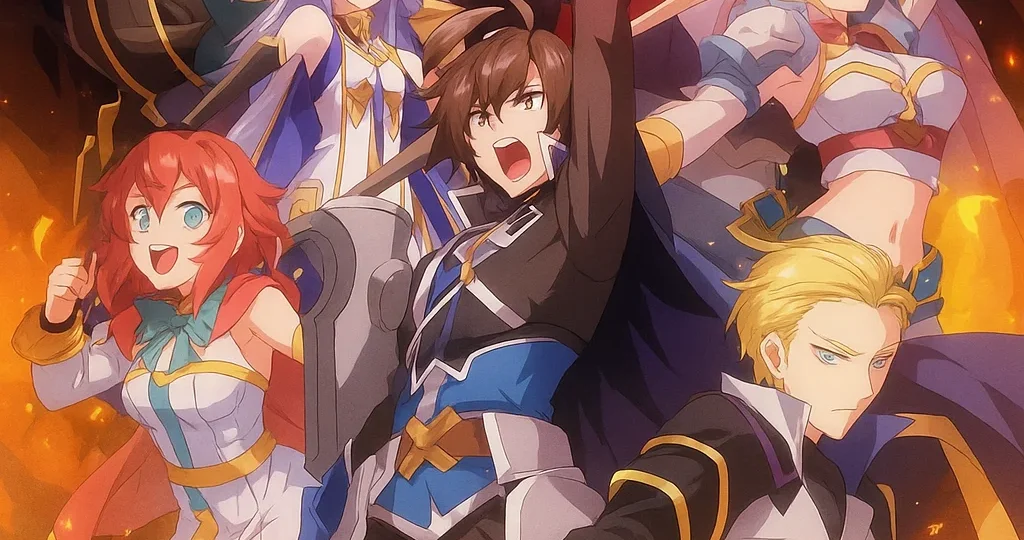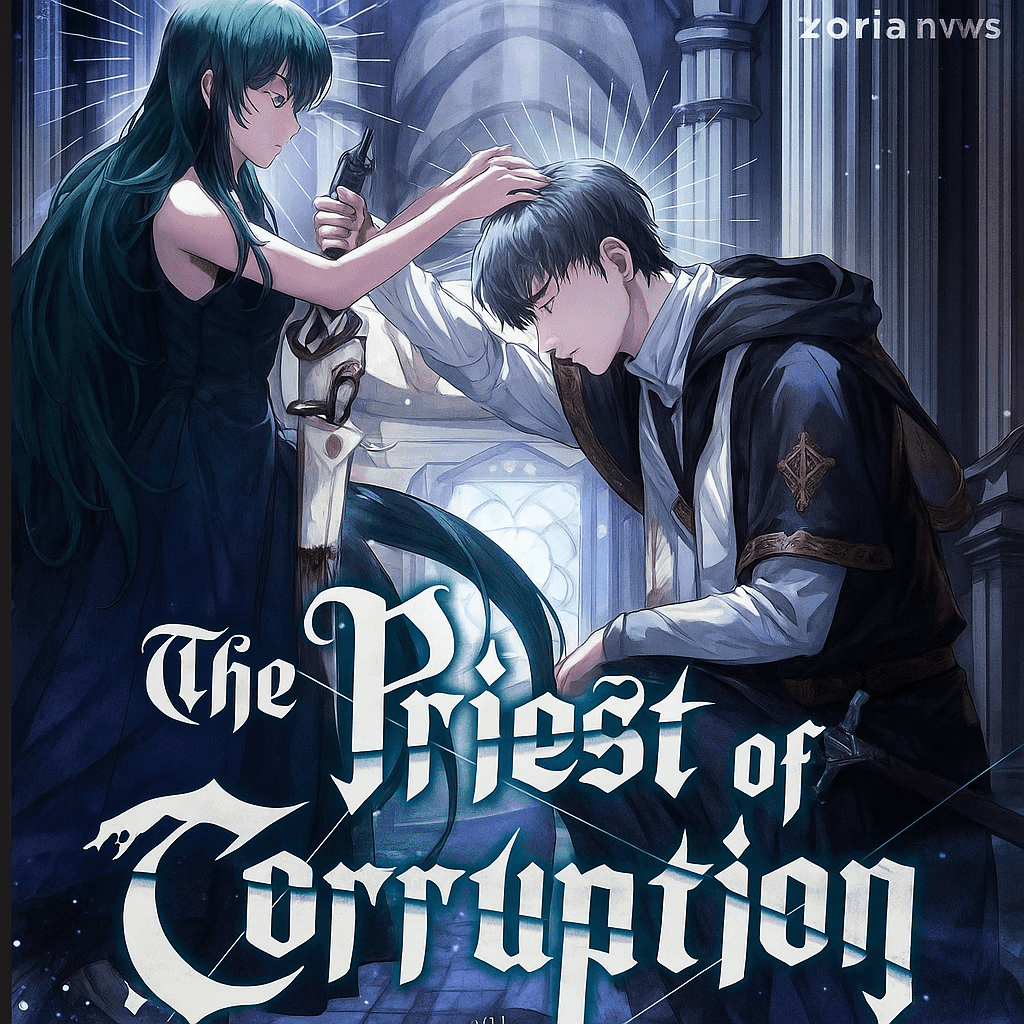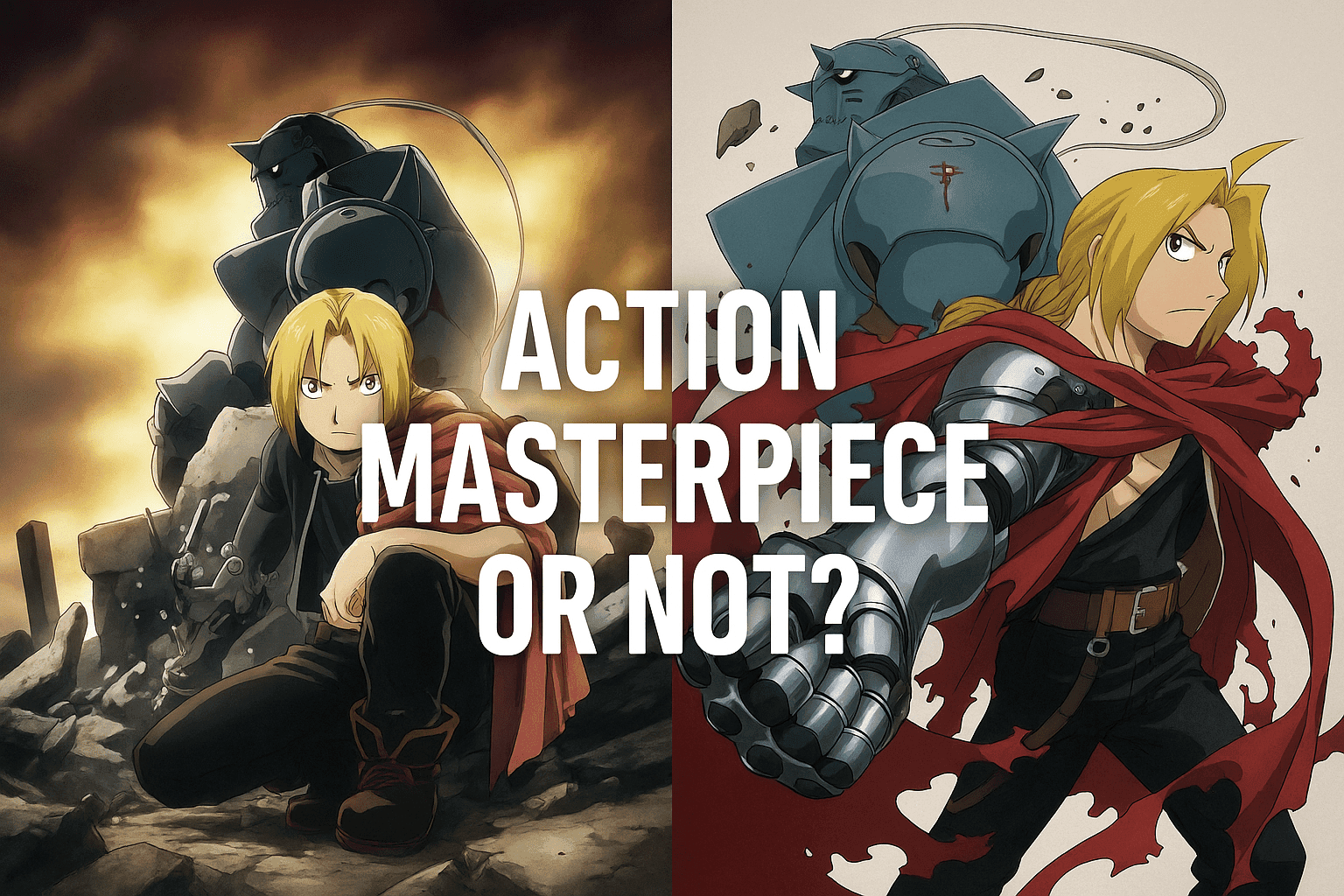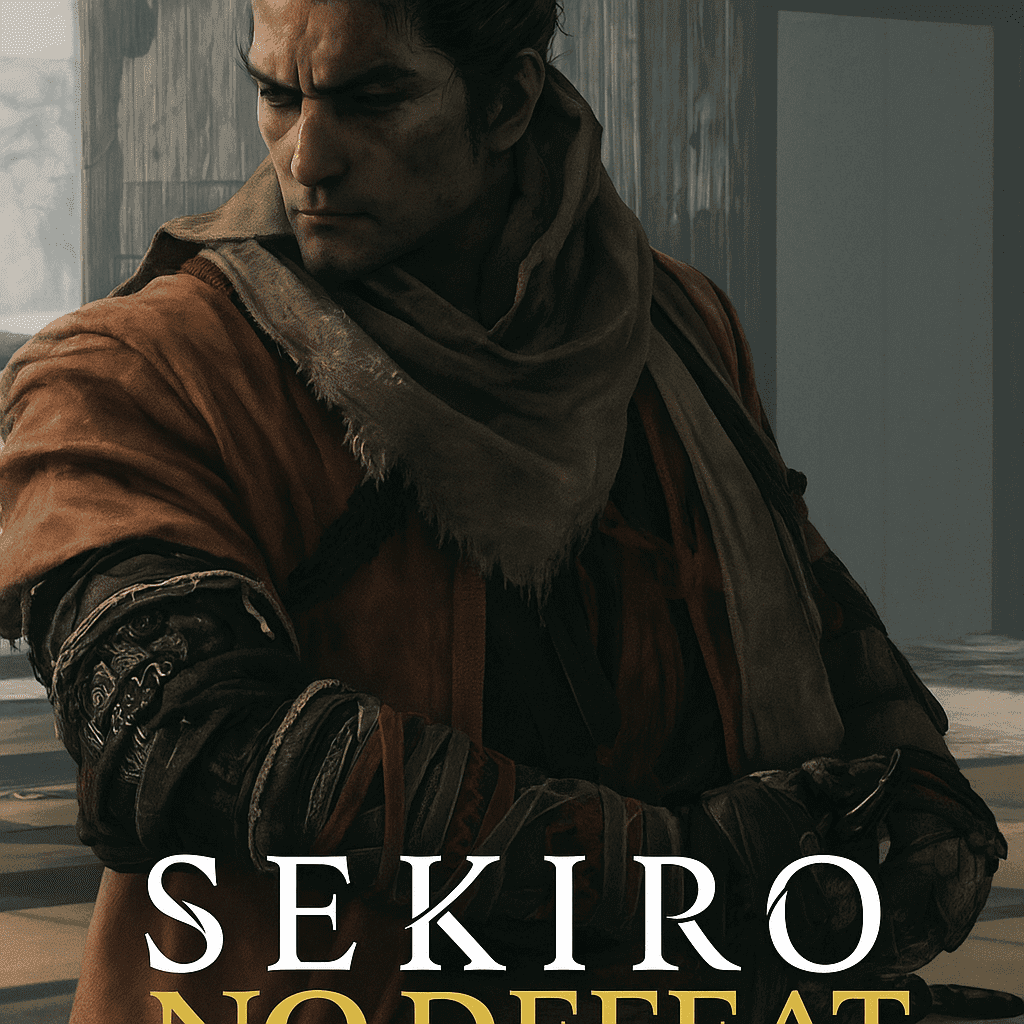Anime fans are always on the lookout for the next big hit, and in 2025, one of the titles that has taken the spotlight is New Saga. Adapted from Masayuki Abe’s light novel and manhwa of the same name, New Saga arrived with a lot of hype and expectations. But does it live up to the buzz? This review dives deep into its storyline, characters, visuals, themes, and audience reception while comparing it to other popular isekai anime.
For those who want the original reading experience, you can check out the New Saga light novel on J-Novel Club and the official manga adaptation on BookWalker.
The Premise of New Saga – A Twist on Classic Isekai
At first glance, New Saga seems to check all the standard isekai boxes: a world filled with demons, humans at war, and a chosen hero carrying the burden of survival. But what makes it stand out is the time-loop twist.
The protagonist, Kyle Lenard, is humanity’s last hope in the battle against the Demon Lord. In the original timeline, Kyle dies fighting to protect humanity. But just as he falls, a mysterious artifact rewinds time and sends him back to his younger self. Armed with the knowledge of the future, Kyle has another chance to change destiny, rewrite history, and ensure a better outcome.
This setup immediately makes New Saga compelling. It’s not just a story about surviving in another world — it’s about facing regret, fixing mistakes, and carrying the weight of foreknowledge. Unlike other isekai where the protagonist gets everything handed to them, Kyle’s advantage comes at the cost of trauma and heavy responsibility.
For a deeper dive into how this compares to similar stories, check out Re:Zero’s exploration of time loops.
Characters – The Heart of New Saga
Kyle Lenard – A Hero Reborn
Kyle is not your typical naive hero. Having lived through a devastating war, he’s much more hardened and tactical when given his second chance. Unlike many isekai protagonists who rely on newfound abilities, Kyle uses his experience, foresight, and wisdom to outmaneuver enemies and form alliances.
What’s refreshing is that Kyle doesn’t simply “speedrun” life with his future knowledge — he struggles with the burden of knowing who will betray him, who will die, and what tragedies await if he fails. This emotional depth makes him a far more compelling main character than the usual genre archetypes.
Supporting Cast – Friends and Foes
The supporting characters in New Saga aren’t just background filler; they each play crucial roles in Kyle’s quest. From his loyal companions to the new alliances he forges, every character feels connected to the larger narrative.
Particularly strong is the dynamic between Kyle and Serena, a noblewoman whose role shifts dramatically due to Kyle’s actions in this new timeline. Their evolving relationship raises questions about trust, manipulation, and destiny.
Even the Demon Lord and his generals aren’t painted as one-dimensional villains. Their motivations are fleshed out, giving the audience a deeper sense of conflict rather than a simple good-vs-evil narrative.
For context, if you enjoy anime with morally complex villains, titles like Attack on Titan show how nuanced antagonists can elevate a story.
Storytelling Strengths and Pacing
One of the strongest aspects of New Saga is its pacing. Unlike some isekai anime that drag out training arcs or exposition, New Saga balances world-building with character-driven storytelling.
The early episodes set up the stakes quickly: Kyle has seen the end of the world, and his second chance isn’t about leisurely exploring but about urgent survival and tactical planning. This gives the show a tighter focus and higher emotional stakes than many of its peers.
Flashbacks are used effectively, reminding the viewer of Kyle’s tragic past without overwhelming the narrative. The anime often juxtaposes Kyle’s current decisions with what originally happened in the first timeline, making the viewer constantly aware of the “butterfly effect” of his choices.
For more on the impact of narrative pacing in anime, see this great discussion from Anime News Network.
Animation and Visuals
New Saga’s animation has been a point of discussion since its debut. While not boasting the cinematic polish of Demon Slayer or Jujutsu Kaisen, it still delivers a consistent, polished, and atmospheric style that fits its darker tone.
The character designs remain faithful to the manhwa, giving long-time fans a sense of familiarity. The battle sequences, especially those involving the Demon Lord’s forces, are intense and filled with creative choreography. The use of lighting and shadows enhances the sense of dread and foreboding, especially in flashbacks to Kyle’s original timeline.
For comparison, check out the high production standards set by Ufotable’s Demon Slayer anime.
Themes – More Than Just an Isekai
At its core, New Saga isn’t just about another fantasy adventure. It tackles themes of regret, responsibility, and the weight of choice.
- Second Chances – Kyle’s journey is a meditation on what we would do if we could redo our lives.
- The Burden of Knowledge – Knowing the future isn’t always a blessing; it can be a curse, especially when it comes with memories of trauma.
- Trust and Betrayal – Kyle’s relationships are colored by what he remembers, making trust a constant struggle.
If you like philosophical takes in anime, you may also enjoy The World’s Finest Assassin Gets Reincarnated in Another World which also explores the weight of foreknowledge.
Comparison with Other Isekai
It’s impossible to discuss New Saga without comparing it to heavyweights like Re:Zero, That Time I Got Reincarnated as a Slime, and Jobless Reincarnation.
- Like Re:Zero, it deals with looping time and the psychological toll of reliving trauma.
- Like Slime, it focuses on building alliances and reshaping the future of an entire world.
- Like Jobless Reincarnation, it blends personal growth with large-scale fantasy politics.
But what sets New Saga apart is that Kyle isn’t reincarnated into another body — he remains himself, just rewound to his younger years. This grounds the story in a more human and tragic dimension.
For a full breakdown of isekai as a genre, check out MyAnimeList’s isekai recommendations.
Reception – Fans and Critics
So far, New Saga has received strong responses online, with Instagram, Twitter, and anime forums buzzing about its emotional storytelling. Fans of the manhwa were eager to see if the anime would do justice to the source material, and for the most part, it has delivered.
Critics have praised its character-driven approach, though some have pointed out that the animation quality dips in certain episodes. Still, the overwhelming sentiment is that New Saga is one of the most promising isekai anime in recent years.
You can read more fan reactions and reviews on Reddit’s r/anime community.
Why You Should Watch New Saga
If you’re tired of formulaic isekai anime where the hero is overpowered from the start, New Saga offers something different. It combines familiar fantasy elements with emotional weight and narrative tension.
It asks the viewer: What would you change if you had a second chance at life? And more importantly, what would it cost you?
For readers interested in related reviews, check out our coverage of other trending manhwa and anime at Zoria News.
Conclusion – The Future of New Saga
With only the first season completed, fans are already speculating about the next arc. If the anime continues to follow the manhwa faithfully, we’re in for an even more intense and dramatic ride in the coming seasons.
In a year filled with anime adaptations, New Saga stands out not because it reinvents the wheel, but because it takes familiar elements and delivers them with heart, intelligence, and emotional depth.
New Saga is more than just another isekai — it’s a story about second chances, the cost of regret, and the hope of redemption.
RELATED POSTS
View all



